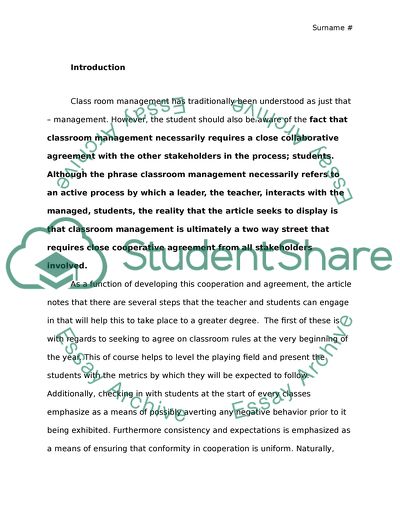Cite this document
(“Classroom Engagement and Management Assignment Example | Topics and Well Written Essays - 1500 words”, n.d.)
Retrieved from https://studentshare.org/education/1485643-classroom-engagement-and-management
Retrieved from https://studentshare.org/education/1485643-classroom-engagement-and-management
(Classroom Engagement and Management Assignment Example | Topics and Well Written Essays - 1500 Words)
https://studentshare.org/education/1485643-classroom-engagement-and-management.
https://studentshare.org/education/1485643-classroom-engagement-and-management.
“Classroom Engagement and Management Assignment Example | Topics and Well Written Essays - 1500 Words”, n.d. https://studentshare.org/education/1485643-classroom-engagement-and-management.


